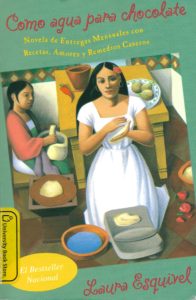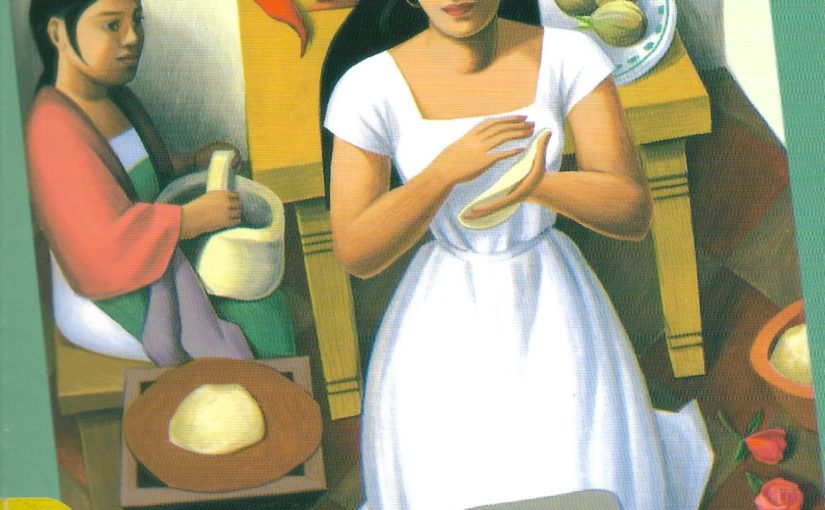
‘Like Water for Chocolate’ (or ‘Como agua para chocolate’ in the Spanish translation) is the sizzling tale of love, loss and family in rural Mexico.
Love, love lost and tantalizing recipes (with a little twist). All this characterizes Laura Esquivel’s 1989 novel “Like Water for Chocolate” (in the original Spanish, “Como agua para chocolate”).
The story is of Tita, a young girl who lives on a ranch in a rural area of Mexico. Tita is in love with Pedro, her neighbor. Unfortunately, the two cannot be together due to a family tradition that requires the youngest daughter of the family to care for her mother until death.
Tita’s love continues to burn inside her, leading to problems with her sisters, her mother and her future. Not only does Tita’s love affect her relationships, but it also affects the food she slaves over.
Combining a sense of fantasy with humor and romance, Esquivel’s novel was an instant success when it first was published and continues to maintain its status as a delectable read.
While the beginning of the novel merely sets up the storyline, giving background into Tita’s life and establishing the characters of the story, Esquivel identifies the basis of the story without making it boring. She accomplishes this by infusing the facts with anecdotes about the characters themselves, combining stories within stories to make it personal for the reader.
She also establishes Tita’s incredible ability: how her emotions affect the world around her. Starting with Tita’s birth and continuing into Tita’s adulthood, Esquivel continues to describe how Tita’s emotions affect the delicious food she creates.
With her tears, the people who eat her food are consumed with sadness and sickness. With passion, they taste the fire of love. With anger, irritability. This creates not only an unusual twist to the story but also a tantalizing detail that makes this story unique.
Another major factor of Esquivel’s novel is the romance Tita feels for Pedro. While the two lovers cannot be together, their romance affects Tita’s relationship with her family and her ability to move on in life. While Tita’s emotions for Pedro seem to be the main aspect of the story — and, in a way, it is — how that romance affects the rest of the novel really creates the drama guiding the story, and even Tita’s own character development.
While Esquivel’s story could be described as melodramatic to some, hers is an important story that effortlessly combines hardship and love. It’s no wonder the novel was adapted into a wildly successful film by the same name, which premiered in 1992.
Esquivel’s novel is a tangy read that covers many topics like love, loss and the world of women artfully and with just the right amount of flavor.
